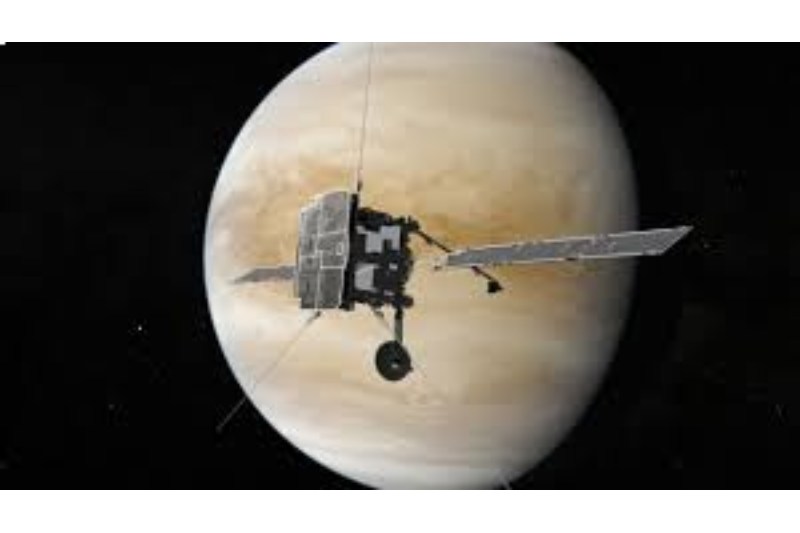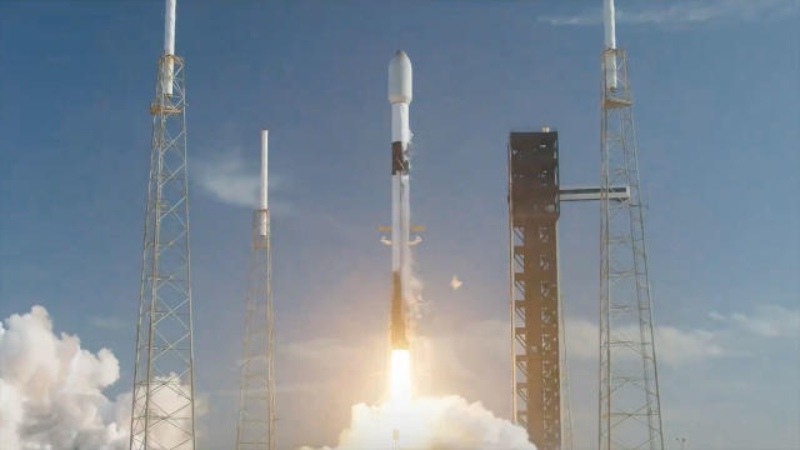The European space agency BepiColombo’s flyby data show that a large amount of gases, such as carbon and oxygen, are being removed from Venus’ atmosphere. This information was captured while the spacecraft headed for Mercury passed Venus and may provide fresh insight on the planet’s leaking atmosphere. Eventually, the results may also aid scientists in cataloguing the composition of Venus’ delicate magnetic environment.
Venus lacks a steady magnetic field of its own, in contrast to Earth, a planet having an inherent magnetic field that keeps its atmosphere from fleeing into space. This is due to the fact that its cooler interior is unable to slosh around molten material, which is required for the creation and maintenance of a magnetic field. Instead, the amber-hued orb is charged by sunlight striking its atmospheric atoms, which in turn generates electric currents that lead to the creation of an unstable, solar-dependent magnetosphere.
BepiColombo spent ninety minutes in August 2021 traveling through this feeble magnetosphere in the form of a comet in order to slow down and correct its trajectory as it approached its final destination, Mercury. However, after examining the spacecraft’s brief journey, scientists discovered some important information about Venus. Because of sunlight’s ability to accelerate molecules in the atmosphere to incredibly high speeds, charged particles, or ions, seemed to be departing the planet. In fact, the ions were traveling at such high speeds that they were able to flow out into space and escape the planet’s gravity.
Lead researcher Lina Hadid of the French Plasma Physics Laboratory led the latest analysis. “These are heavy ions that are usually slow moving, so we are still trying to understand the mechanisms that are at play,” Hadid said.
Although carbon dioxide predominates in Venus’s dense, hellish atmosphere, nitrogen and other trace gases are present in smaller proportions. Little amounts of oxygen were known to exist on Venus’ nightside before, and in November of last year, a separate team of scientists discovered the molecule on the planet’s dayside as well. The latter team also came to the conclusion that as solar radiation decreases, Venus’ oxygen concentration decreases.
According to study co-author Dominique Delcourt, a researcher at the Plasma Physics Laboratory, “understanding how the planet’s atmosphere has evolved and how it has lost all its water” depends on looking into the disappearance of these molecules and their escape routes.
BepiColombo is anticipated to arrive at Mercury in late 2025, having completed seven years of travel. In the meantime, Venus will be visited by a fleet of robotic explorers in the upcoming ten years. While NASA’s DAVINCI was initially scheduled to launch in 2029, it was postponed to 2031. Meanwhile, Europe’s Envision spacecraft is scheduled to launch in 2031.
Although team members continue to push for an earlier launch in November 2029, the revived VERITAS mission is now scheduled to launch no early than 2031 as well.
Topics #BepiColombo's #Losing Carbon and Oxygen #Venus










